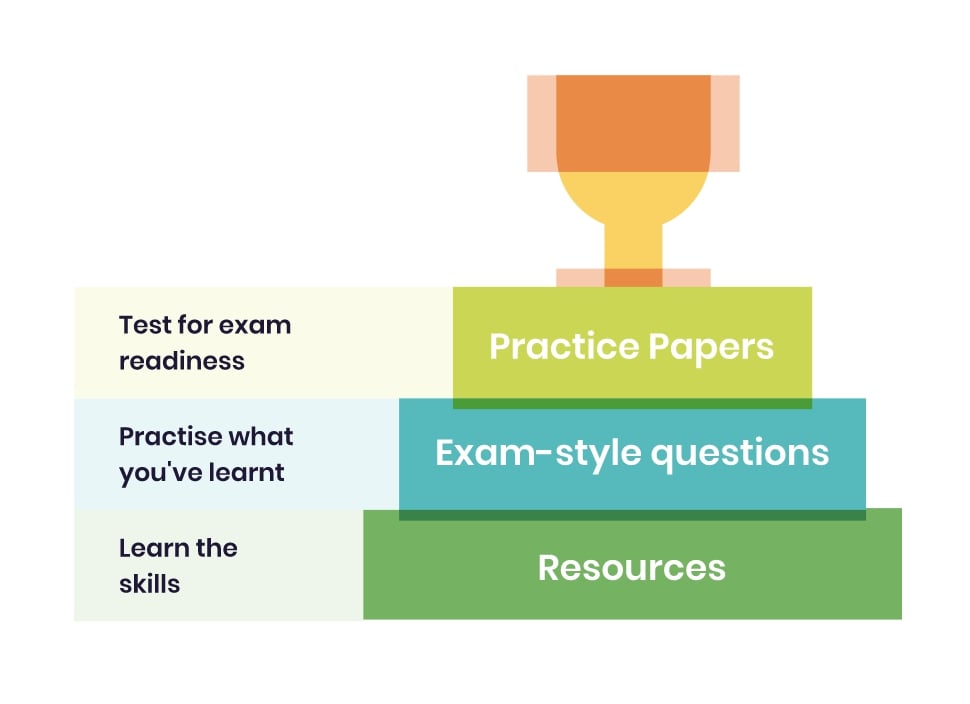

Understand Exothermic and Endothermic Reactions and the Haber Process
Understand How Exothermic and Endothermic Reactions Relate to Chemical Bonds
Understand Collision Theory and Calculate the Rate of Chemical Reactions
Use Collision Theory to Explain the Factors that Affect Reaction Rates
OCR GCSE Chemistry B (Twenty First Century Science) Breadth in Chemistry Foundation Tier Practice Paper
OCR GCSE Chemistry B (Twenty First Century Science) Breadth in Chemistry Higher Tier Practice Paper
OCR GCSE Chemistry B (Twenty First Century Science) Depth in Chemistry Foundation Tier Practice Paper
OCR GCSE Chemistry B (Twenty First Century Science) Depth in Chemistry Higher Tier Practice Paper
How to ace GCSEs with EdPlace
We know first hand how overwhelming 9-1 GCSEs can be, so we’re here to help clear the waters! The introductory years - often starting as early as year 9 - are all about building comprehension and confidence in each topic, progressing up to exam technique, revision and practice in year 11.
To help you support your child best, all our resources are aligned to exam boards AQA, Pearson Edexcel, OCR and Eduqas. We also focus on progressive leveling, starting at an introductory level and working up to exam-style questions and practice papers - all available at your fingertips in the EdPlace app.
Learn the skills using our resources, practise what you’ve learnt with our exam-style questions and test for exam readiness with our practice papers - success!

Help your child get ahead in their GCSEs
"Since using EdPlace I have noticed my son’s confidence in maths and English. I am so happy that I found this website and would recommend all parents to use EdPlace for their children." Fay
"Great platform, I saw a dramatic improvement in my son’s progress within as little as a month." Ellie Storey
"I am so pleased I came across EdPlace, invaluable, and easy to navigate. Great value for money. A great asset." Jenny H





Thousands of English, maths, science GCSE revision activities created by teachers accelerate your child’s learning with our learn, practise and test approach. Our core activities are designed to develop the skills they’re learning in school to build your child’s confidence. With our exam-style questions and practice papers, we’ll then help them revise for exam success and beyond.
Try an activity




